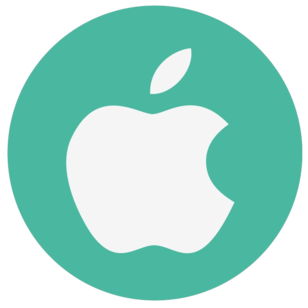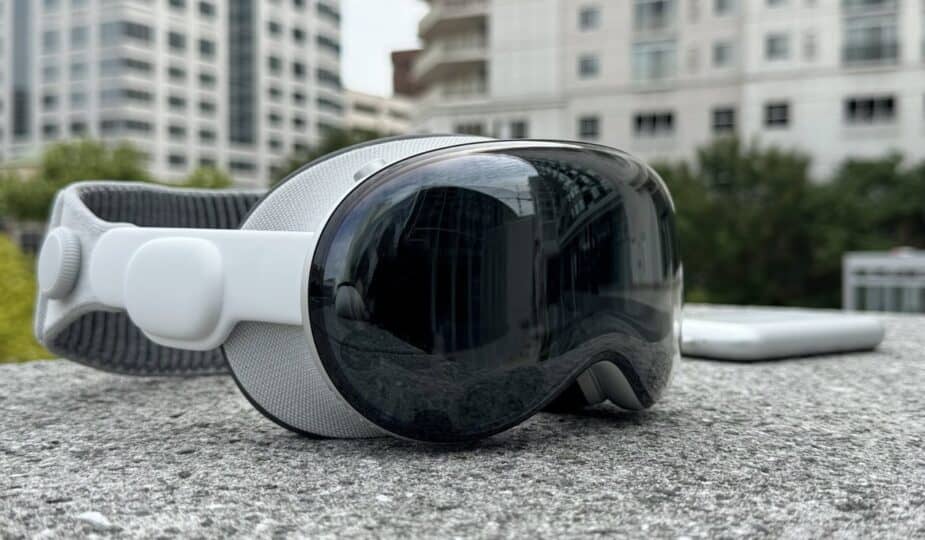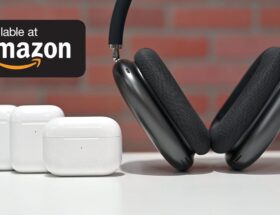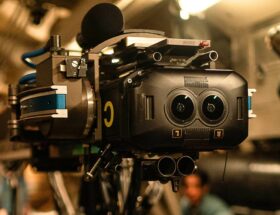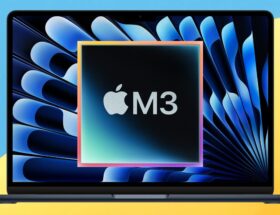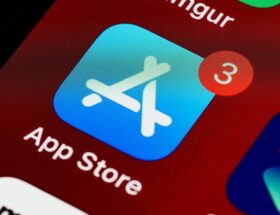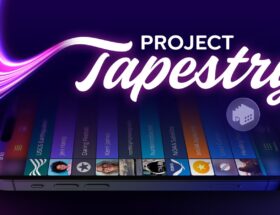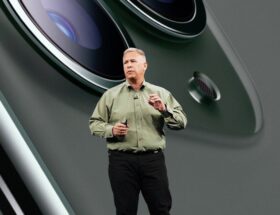Apple's future Vision Pro could have a lot more sensors
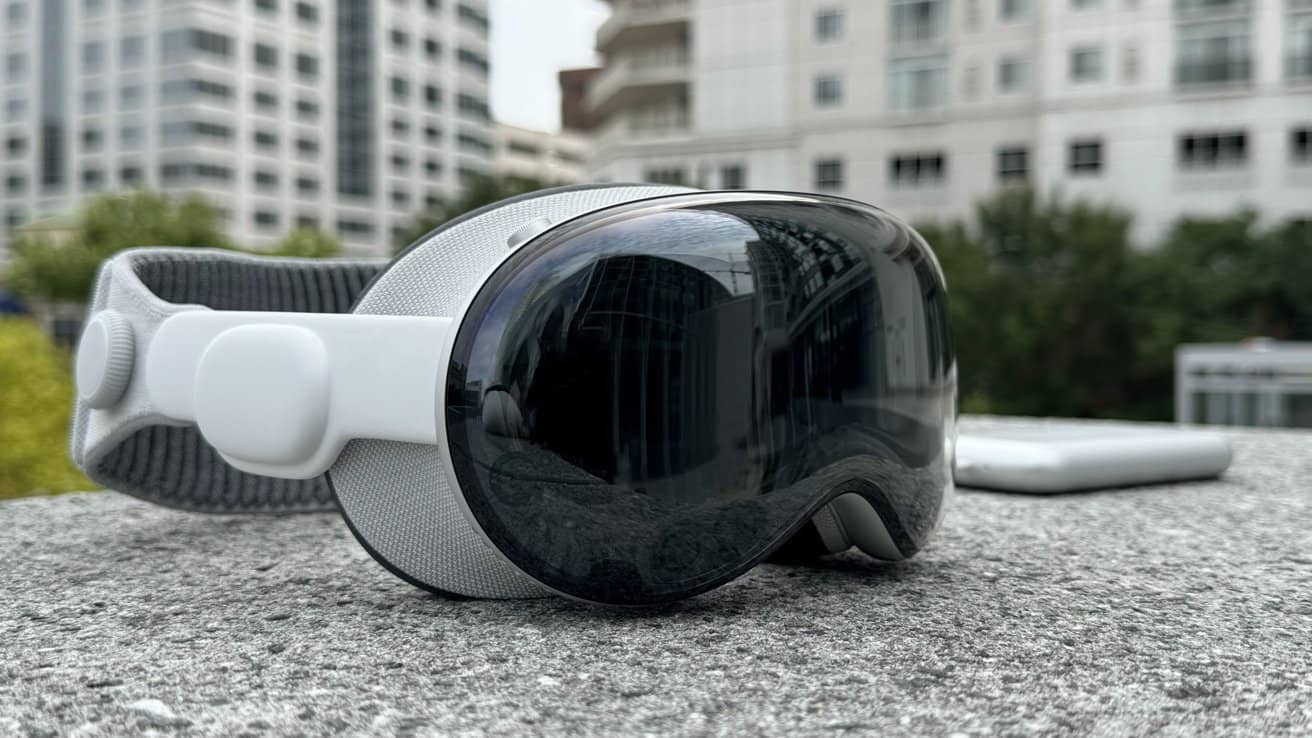 0 Facebook x.com Reddit
0 Facebook x.com Reddit
We already have Face ID sensors and a number of health sensors in the Apple Watch, but future Apple devices, including the Apple Vision Pro, will have a lot more measuring devices, including one for analyzing nasal breathing. Here's what's coming.
Not long ago, sensors were just something to reveal a plot point on the USS Enterprise. But now we have devices that know when we touch them, when we talk to them, and even when we look in their direction.
However, just looking through patents and patent applications from 2024, there can't be a type of sensor that Apple hasn't at least explored. The recently issued patent for a microphone on your nose is just the latest, though it appears to be the first time Apple has shown interest in nasal passages.
“Method and device for monitoring nasal breathing” describes a microphone that fits on your nose. From the description, it seems like it could be some kind of add-on, like the faceplate from some future Apple Vision Pro.
Or, based on the patent’s illustrations, it could just be attached to your face. And there’s one description that makes this sensor sound like Nose Noise ID.
It looks like 3D glasses, but the key part is the nose cover — it’s a nasal microphone
“The recorded breathing audio signal may be digitized and analyzed, for example based on its spectral characteristics, to determine one or more breathing characteristics of the user,” the patent says. “The system may also use the one or more breathing characteristics to: recognize a specific user.”
We could see a new category in Apple Fitness+ that uses a nose sensor to “present a breathing exercise to the user.” Or it could be part of a larger health project, as the system compares “the user’s breathing characteristics to the user’s historical breathing data and/or the historical breathing data of other users obtained through an anonymized database.”
The patent details the matching of nasal recordings, but it’s just one of many patents for sensors that involve the head.
On Your Own Head
Apple has previously revealed that many hundreds of patents related to sensors and other aspects of the Apple Vision Pro have been hidden in plain sight. Since the device’s launch, new patents and patent applications have been more forthcoming about what they’re intended to do, even if some are more ambitious than others.
Future Apple Vision Pro Could Emit Brainwaves
Some of these might also be far-fetched, but you wouldn’t bet against them. Like how a future Apple Vision Pro could read your mind.
The purpose of this patent, granted in March 2024, is to monitor brainwave activity for medical purposes. It could recognize symptoms of panic, like when you remember how much you paid for the Apple Vision Pro.
As always with patents, Apple is concerned with how something might be done or implemented, not necessarily what it might be used for. But there’s enough data in this particular patent to suggest that it could work in conjunction with auditory stimulation to help patients with PTSD.
Such a device could also be part of a system that helps students or people with neurodiversity issues improve their concentration and comprehension. It would do this by monitoring the brain’s learning centers and perhaps adjusting the speed at which lessons are delivered.
The future is near
All this brain scanning and nose recording sounds like something we might only see in the future, but once Apple’s commitment to sensor ideas has turned it into a marketable product, it moves quickly. For example, we’re used to Face ID now, and it seemed impossible when it was first unveiled.
It’s just possible that it will be shown again, but this time on a MacBook Pro or iMac. It was shown in a February 2024 patent called “Light Detection Module for Identifying a User of a Computing Device.”
Since we already have Face ID on the iPhone and iPad, we’ve somehow reached a point where we reject a wonderful technology. When Face ID does come to the Mac, users will be less impressed and more upset that it took so long.
While we might be more appreciative if Apple followed through on any of its many plans to create fabric with touch sensors, Apple not only received patents for fabric sensors in 2024, but has been granted the same patent over and over since at least 2020.
There’s always a very real chance that the technology described in a patent will never result in a finished product. But in some cases, like this one, Apple seems to be pushing the idea hard.
And that idea in the 2024 version of the patent was specifically about how the fabric in the HomePod and Apple Watch bands could have built-in health sensors.
“The stretchable band may be formed from an annular strip of stretchable fabric having an opening configured to fit around a portion of the user’s body,” the patent reads. “The circuitry can be connected to the strands of material in the stretchable tape.”
“The circuit may include a sensor circuit for taking measurements on a part of the body, such as electrocardiogram measurements, blood pressure measurements, and respiratory rate measurements,” he continues. “A coil formed from conductive threads in a fabric article may be used by a wireless power receiving circuit in the fabric article to receive wireless power.”
A portion of Apple’s patent showing a ring-shaped wearable bracelet
Apple is also considering creating a fabric that could become a light source and thus even form a display of sorts.
Beyond Touch and Health
Perhaps it’s because the Apple Watch has already become a major player in health research that Apple is now looking at how else to make the little device useful. In addition to measuring heart rate, sleep apnea, and fall detection, Apple is exploring adding sensors to the Apple Watch that track:
- Anemometer
- Bolometer
- Heat flux sensor
- Solar radiation
- Thermometer
- Water sensor
All of this was disclosed in a pair of patent applications in March 2024. As always, little space is devoted to what the patent's sensors would actually do, but there were some examples.
For example, an anemometer, a wind speed sensor. Apple suggests that if the Apple Watch can detect wind speed, for example, it will be better at measuring the effort expended during an outdoor run.
There is a limit to the number of sensors that can be included in a given device. And there are also legal issues, like the one Apple is still embroiled in with Masimo over its blood oxygen sensor.
So it's far from a simple path from idea to product. But Apple's latest nose patent shows that the company intends to equip our devices with sensors for everything imaginable.
And if Apple's engineers come up with another brilliant idea, they'll be able to measure it.
Follow AppleInsider on Google News
